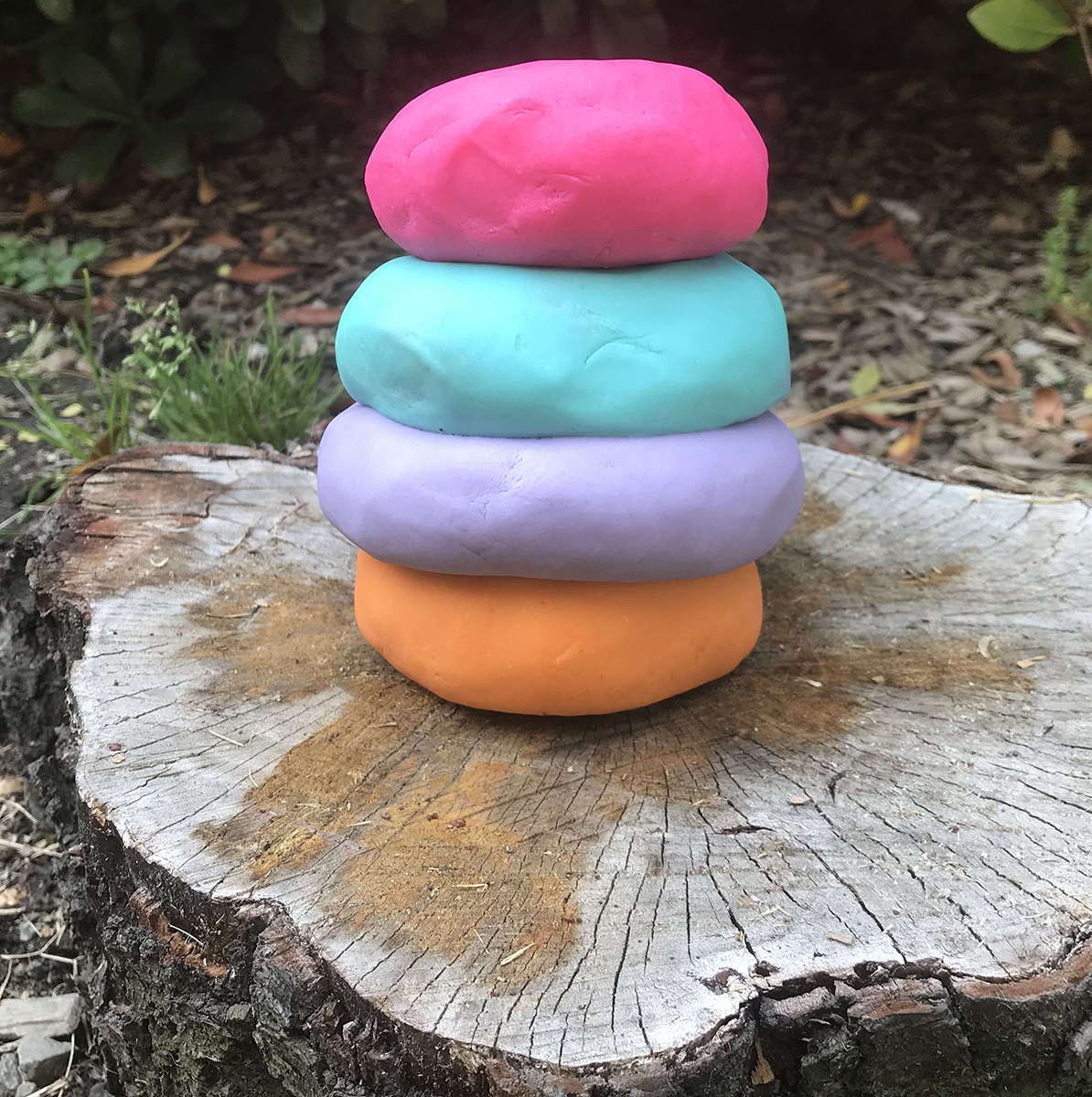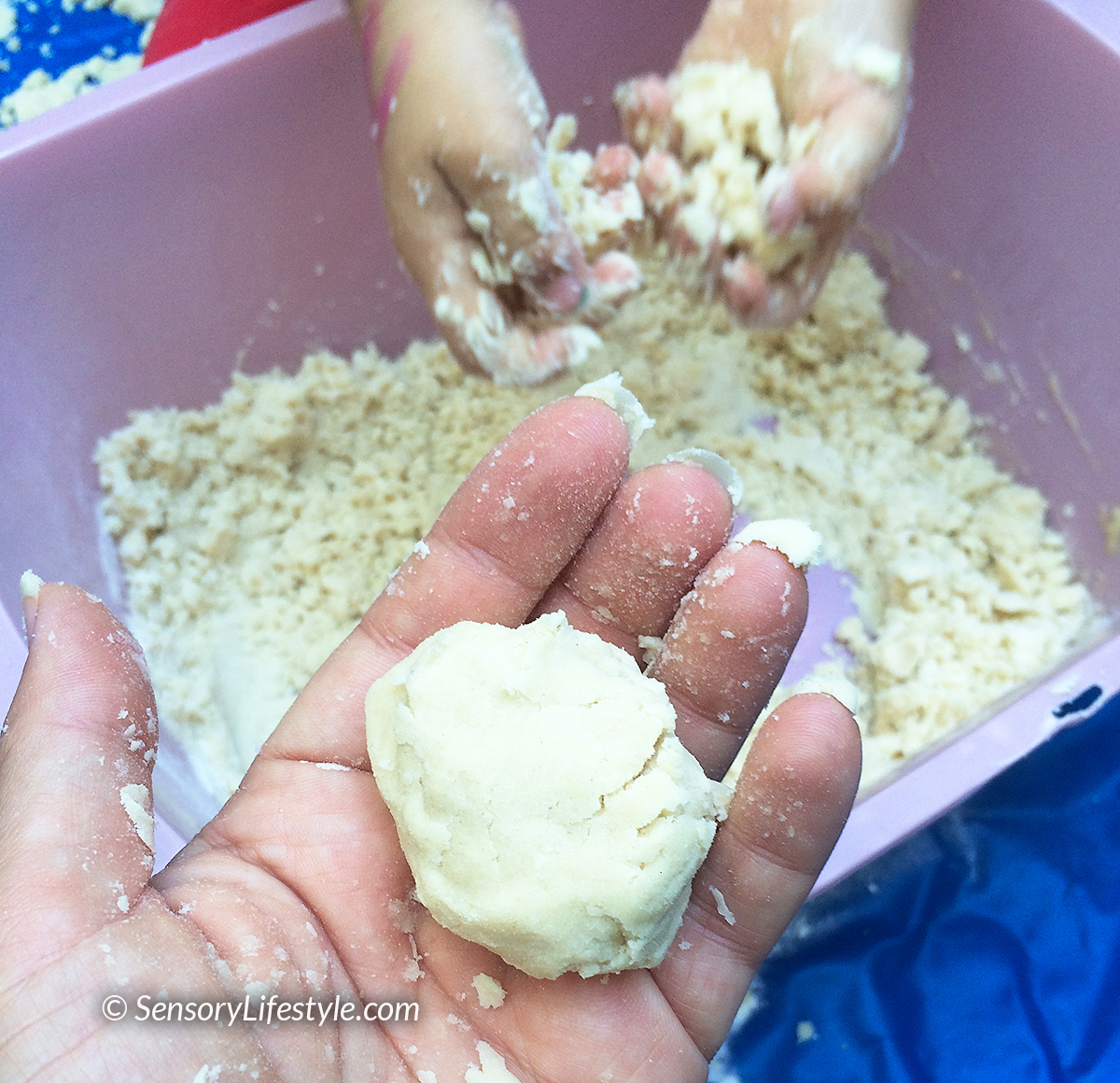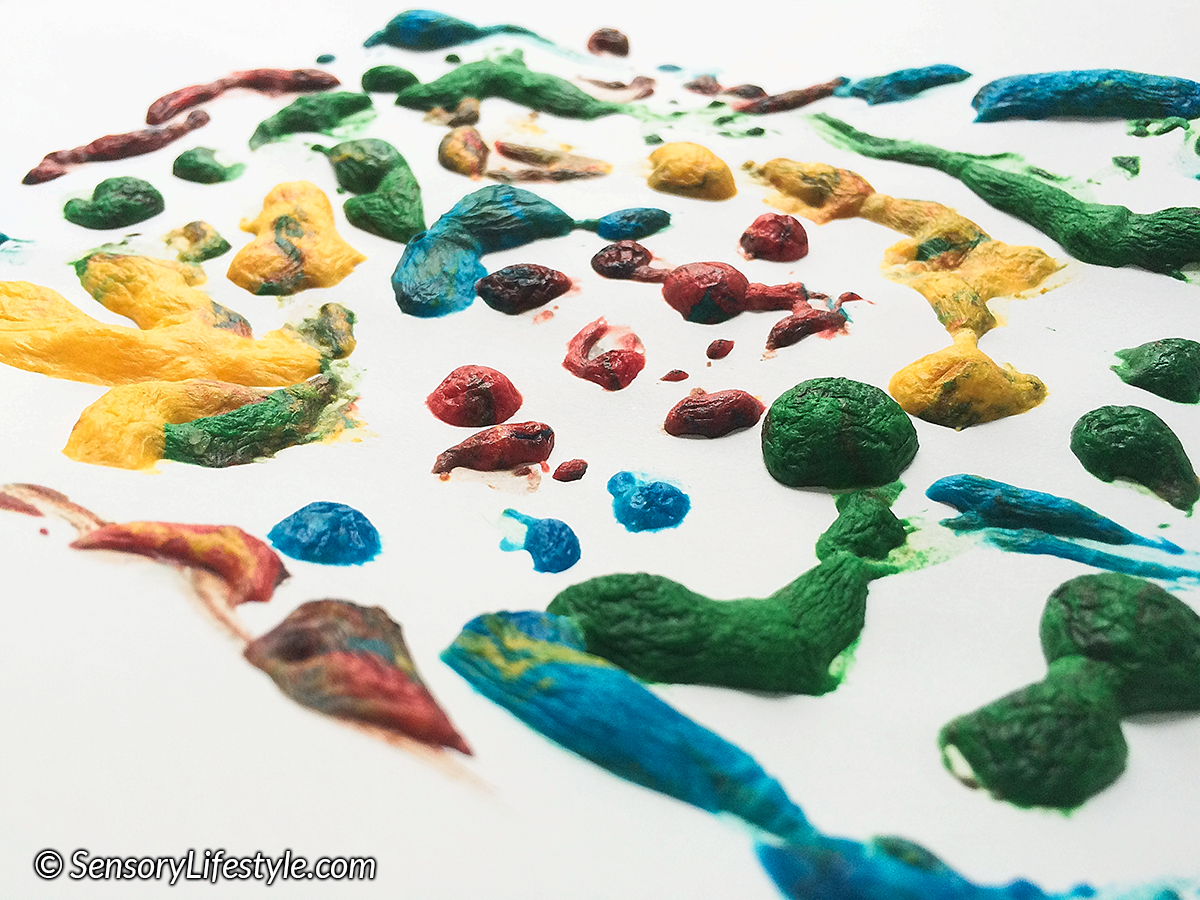Play dough & Fine Motor Development
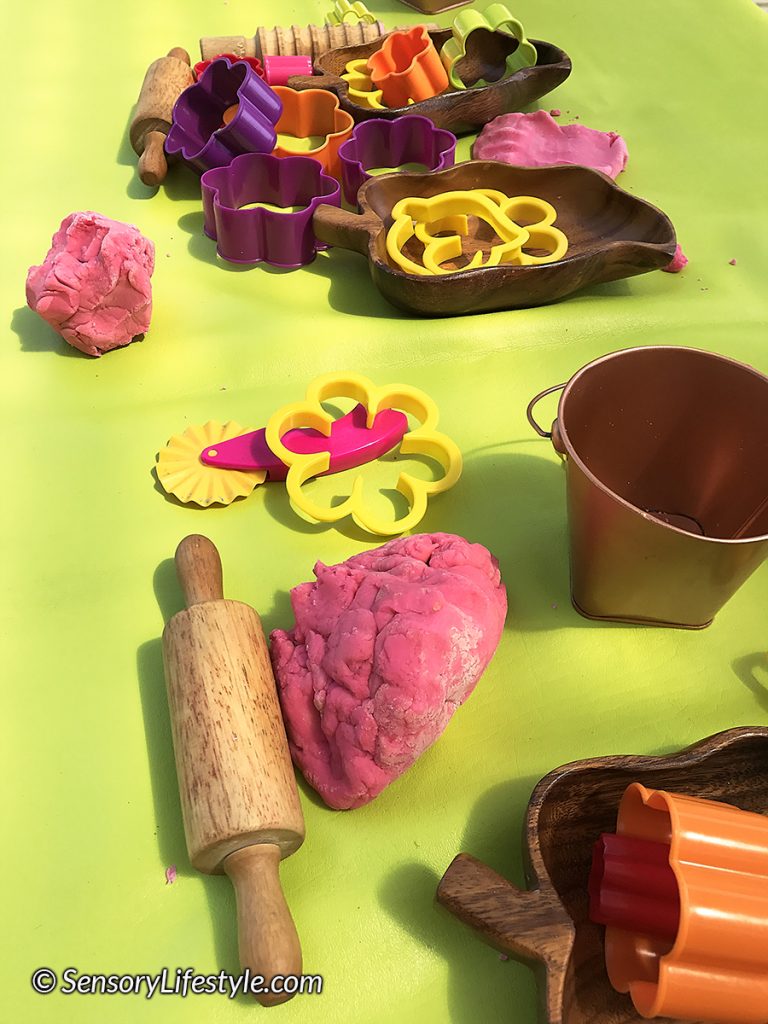
6 min read
Play dough!… There is something MAGICAL about it. As soon as you give it to a child they can’t help but to start to manipulate it. They can poke, squeeze, pull, chop, shred, cut, roll or squash it. It is a never ending tactile experience for all children that aids in many aspects of their development. Play dough is excellent for fine motor development. However, as soon you add other elements such as straws, rocks, sticks, dry pasta, small toys … the list of benefits and creative play possibilities continues to grow!
Play dough is an open ended toy that provides an endless opportunity of play. The great thing is that you can’t play wrong with it.
Because play dough is so amazing I can’t wait to share many of the benefits that it can provide. Play dough can help your child in the following areas:
Fine Motor Skills
Fine motor skills refer to the ability of skillfully using your hands and fingers. They are used while writing, eating, playing with toys, dressing etc.
Strengthening
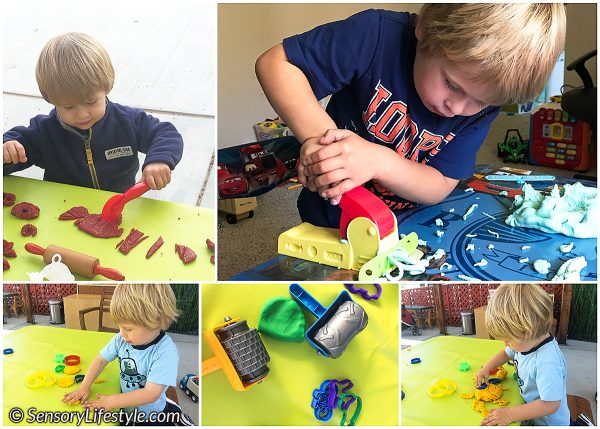
| What is it? | Why it is important? |
| This refers to strengthening muscles in the hands and fingers. Large muscles in your forearm and wrist are used to help with grip strength. Small muscles in your palm and fingers are used for the refined movements. | Lack of strength might result in holding, gripping and manipulating objects in awkward ways.
Difficulties might appear in: holding a pencil, picking up small objects, cutting, manipulating utensils, dressing (zippers, buttons) etc. |
Activities
Hand muscles are strengthened through the resistance provided when your child manipulates play dough. You child can strengthen their hand muscles when they:
- Squeeze
- Pull play dough apart or put it together
- Roll
- Poke
- Squish
- Flatten
- Use play dough tools such as cookie cutters, extruders etc.
- For extra resistance your child can also use clay
Finger Isolation
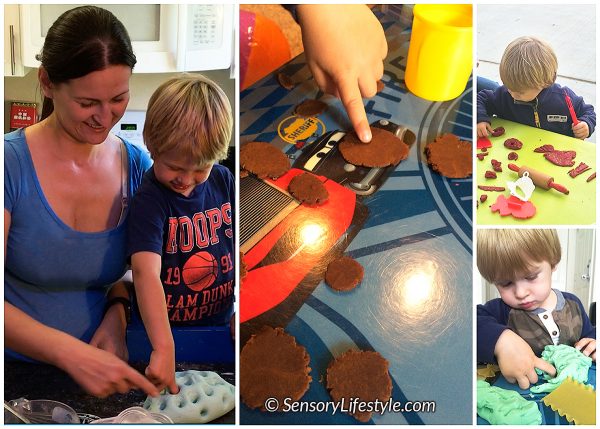
| What is it? | Why it is important? |
| The ability to move each finger, one at a time. | It is important for things such as using a writing instrument, typing, playing a musical instrument, tying shoelaces etc. |
Activities
- Poke play dough with individual fingers
- Make holes in pretend ‘cookies’ or ‘pizzas’ for ‘chocolate chips’ or ‘pepperoni’
- Roll small balls by breaking off small pieces of play dough and then rolling it in between the pads of the thumb and the index finger
- Flatten small balls by squeezing them between the pads of the thumb and other fingers
- Squash small pieces of play dough/small play dough balls that are placed on the table with your individual fingers
- Hide small objects in the play dough by pressing them down with individual fingers
Pincer grasp
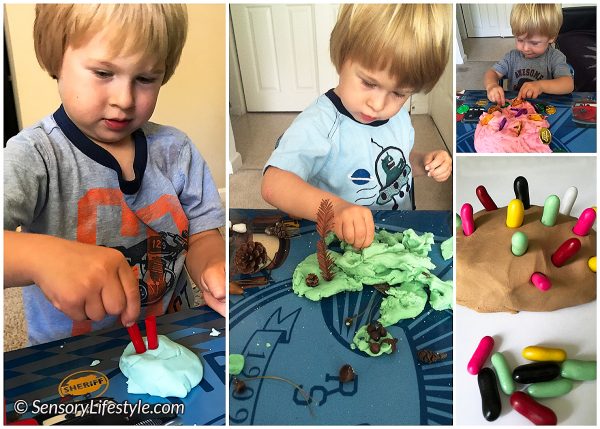
| What is it? | Why it is important? |
| This is the ability to use the thumb and the index finger to pick up small items. | It is required to correctly grasp a pencil, manipulate small objects, getting dressed (zippers, buttons), used during finger feeding and picking up small items. |
Activities
- Make small balls by breaking off small pieces of play dough and then rolling it in between the pads of the thumb and the index finger
- Flatten small balls by squeezing them between the pads of the thumb and the index finger
- Put in or pull out small items from the play dough
Thumb Opposition
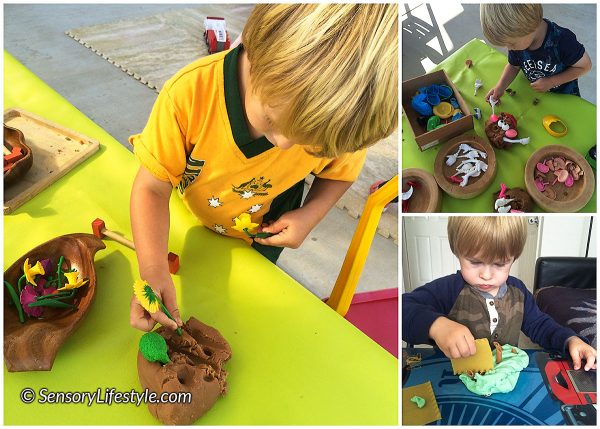
| What is it? | Why it is important? |
| This refers to the ability to move your thumb so it can touch each fingertip of the same hand. | You need this skill for any task which requires a use of the thumb. It allows you to grasp and manipulate many tools required for things like tying your shoes, brushing your teeth, turning a key or holding a pencil. |
Activities
- Use tongs to put things into the play dough
- Push toothpicks/straws/candles into play dough
- Place other items into play dough such as coins, nature items (leaves, sticks, seeds etc), dry pasta, beads, small toys etc
- Play ‘Hidden Treasure’: hide small objects in the play dough and then try to pull them all out
- Make small balls by breaking off small pieces of play dough and then rolling it in between the pads of the thumb and the index finger
- Flatten small balls by squeezing them between the pads of the thumb and the index finger
Bilateral coordination
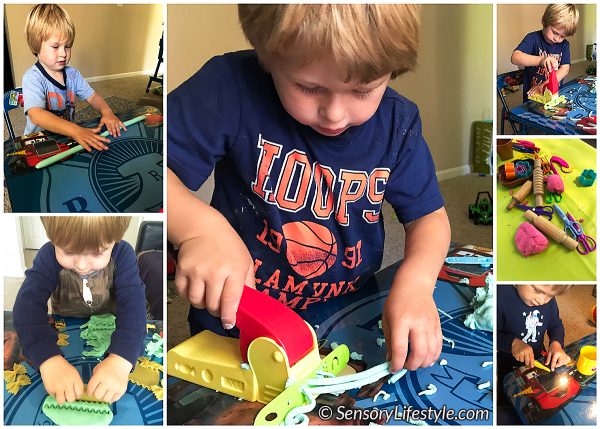
| What is it? | Why it is important? |
| The ability to use both sides of the body together in a smooth and coordinated manner. Bilateral coordination includes:
| It allows for the hands and feet to work well together. It is essential for many daily activities such as climbing stairs, playing sport or musical instruments, eating, dressing, cutting, writing etc.
|
Activities
- Anytime you squeeze, push, pull and manipulate play dough with two hands
- Roll play dough with your hands
- Use a rolling pin or other various play dough tools
- Cut play dough with scissors
- Use dough extruders
- Cut play dough with a toy knife
- Mold play dough into anything really… people, objects, animals etc
Crossing Midline
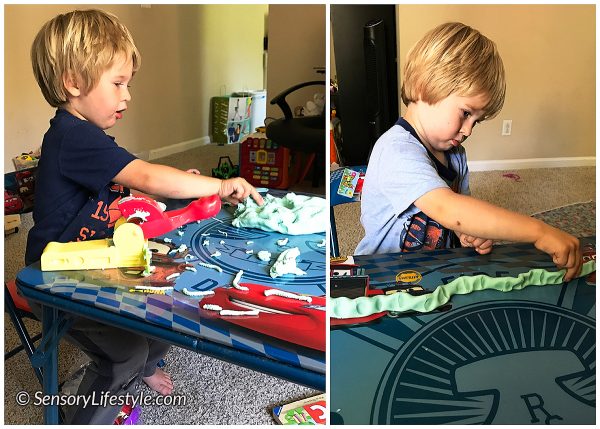
| What is it? | Why it is important? |
| This is the ability to cross over the invisible line in the middle of the body with legs, hands or eyes to the opposite side. | It’s needed for things such as reading, writing, many dressing tasks and many sports activities. |
Activities
- Anytime you encourage your child to pick or place items/play dough on either side of them
- Sorting game: sort out treasures hidden in the play dough. Objects can be sorted out by colors or by category. Then place them into containers which are conveniently located on either right or left side of the table.
- Pick up small play dough ball located on either side of the table whilst crossing their midline.
- Have your child create a long snake. Then have them turn it into a caterpillar by pinching it from the top. Ensure that the snake is long enough so they get to cross their midline whilst pinching the snake.
Hand Eye Coordination
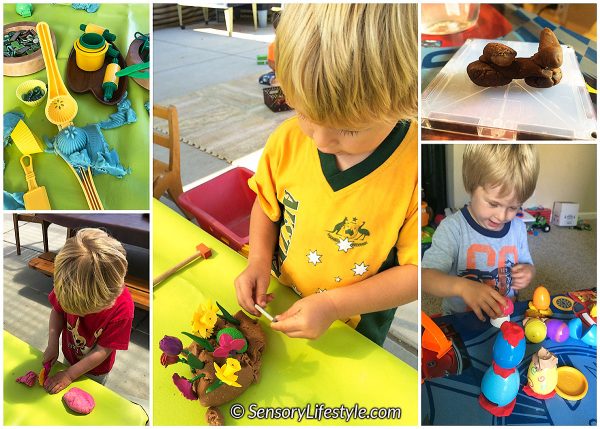
| What is it? | Why it is important? |
| The ability for the eyes and the hands to work together to complete specific movements. | These are necessary for activities such as dressing, writing, drawing, cutting, completing puzzles, throwing and catching a ball and playing with toys. |
Activities
- Complete any of the ‘Bilateral Coordination’ activities listed above
- Mold shapes and letters from play dough
- Use a variety of play dough worksheets to paste dough onto them
- Place a dry noodle into the play dough. Then have your child place other dry pasta or cheerios over it
Calm your body and mind
Using play dough is also a calming activity for both your body and mind. The resistance in the play dough stimulates the proprioceptive sense. Proprioceptive activities are very calming and organizing. As your child manipulates play dough they stimulate the proprioceptive receptors in their hands and fingers.
So, if you need your child to calm down, de-stress or get ready to do their homework, play dough is a great activity to do.
Communication Skills
As your child plays and creates with play dough you can work on their communication & language skills. Ask open ended questions and encourage discussion around what they are doing.
Social Skills
When playing play dough with one or more children it opens up many opportunities to practice social skills. There are many possibilities for discussion, playing collaboratively, problem solving and planning with others.
Creativity and imagination
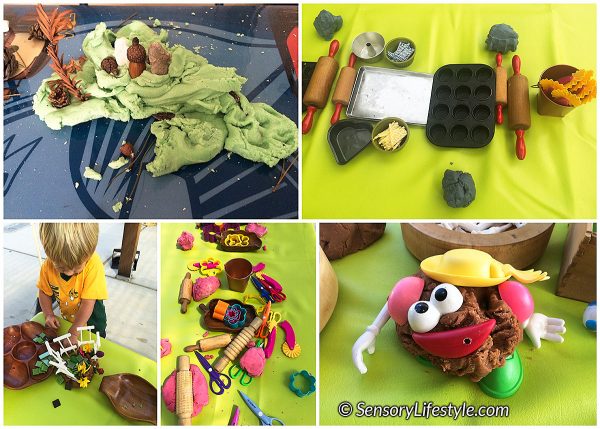
Possibilities for play dough play are limitless. Children can create anything from it. They can make pizzas, cookies, gardens, houses, aliens, monsters, animals… anything really.
You may want to provide additional materials to use with the play dough and watch their creativity and imaginations come alive.
Literacy and Numeracy development
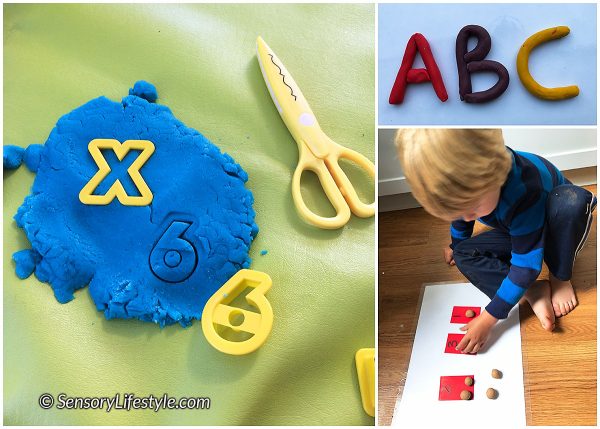
You can be very creative with this and practice their literacy and numeracy skills through the use of play dough. Few examples include:
- Create letters and spell out words
- Add and subtract pieces hidden in play dough
- Involve your children in making the play dough. Practice their mathematical skills through measuring and mixing
ADDING TO THE SENSES
You can also add textures and scents to increase the sensory experience.
Textures can include: rice, beads, grains etc
Scents can be added through adding essential oils to it.
SUMMARY: Fine Motor Development & more
As you see there is a wide range of benefits that your children can get from playing with play dough. Remember… The beauty of play dough is that there really is no right or wrong – it is simply all about discovery, exploration, creativity and play.
So go ahead, make some play dough and let the play begin!
Play Dough Recipe
Ingredients
- 2 cups plain flour
- ½ cup salt
- 2 tablespoons of cream of tartar
- 2 tablespoons vegetable oil
- 1 ½ cups of boiling water
- Food coloring
What to do
- Mix flour, salt, cream of tartar and oil in a large mixing bowl
- In another bowl add water and mix it with food coloring
- Add both mixtures together
- Stir until combined (it still might be sticky)
- Allow it to rest
- Take it out of the bowl and knead it until the stickiness is gone
- If after a few minutes of kneading it’s still sticky then keep adding small amounts of flour. Keep adding until you have reached perfect play dough consistency.
Disclaimer: The activities in this blog are intended for sensory play. They are not a replacement for treatment of children with Sensory Processing Disorder, are not medical advice and should not be used in place of the care of a medical doctor or other qualified healthcare professional. These activities should be facilitated and supervised by an adult. All activities are to be performed at your own risk and in no event shall Sensory Lifestyle be liable for any damages.
